|
Great Stone Barn
MOUNT LEBANON, NEW LEBANON, NY
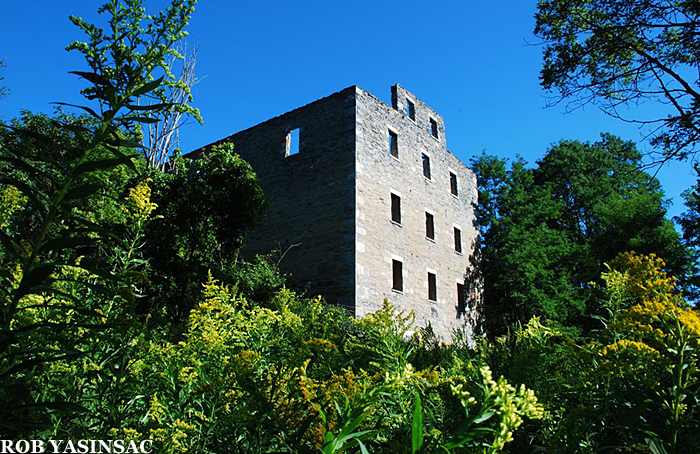
Photographs September 1, 2007
One of the largest ruins
of the Hudson Valley, the Great Stone Barn at the Shaker
Museum | Mount Lebanon, has been stabilized and is open on a
limited basis to public tours for the first time in 45 years. Comparable
masonry ruins include the 1825 cellblock at Sing Sing Prison, which is
not open to the public, and Bannerman's Island Arsenal which is still a
popular tourist-attraction despite partial collapse in 2009-2010.
Located within today's village of New Lebanon, NY, the Shaker village,
in the very northeast corner of Columbia County, is closer to
Pittsfield, MA, than to Albany, NY, but Columbia County does border the Hudson
River on one side so the entire county falls within broader definitions
of the Hudson Valley.
The Shakers are a Christian sect, formally known as the "United
Society of Believers in Christ's Second Appearing," that formed
in the 18th-century in England but fled religious persecution and
settled in New York and New England - first at New Lebanon and Watervliet
(Albany). The Shaker communities practiced celibacy, pacifism,
and gender-equality; they also are now renowned for the production of furniture
and goods based on simplicity of design and function. Shaker communities
decreased in size and villages closed in the early 20th century and only one Shaker village remains active today, in Maine. The
North Family was the last family to remain at Mount Lebanon when it
closed in 1947.
The Great Stone Barn at Mount Lebanon was built in 1859 as a dairy barn
where cows were milked and dairy production was consolidated from previously
existing buildings. It was used continuously until the departure of the
North Family in 1947. Fire in 1972 destroyed the barn's wooden interior
and left only the masonry shell. One year later, "the Dwelling
House, a
massive 50-room, five-story abandoned building, was razed
for fear that fire or other calamity would come to the site."
The Shaker Museum acquired the North Family property (and barn site) in
2004 and immediately included the ambitious stabilization of the barn in
its plans, and fundraising brought in two million dollars to enable the
project to occur. The stabilization of the Great Stone Barn recognizes
the importance of preserving the architecture of the barn - thought to
have been the "largest
stone barn of its kind in the world" when built in 1859
- and realizes the attraction of the ruin to heritage tourists (who
contribute to the local economy) and the possibilities of reuse for the
newly opened space inside the massive stone walls, for "public
access, interpretation, programs and events."
The Great Stone Barn, as a ruin, will not be a mere accessory building
to the existing museum exhibits, but is being hailed as "a
centerpiece of the museum's plan to create a cultural gateway at Mount
Lebanon linking the Berkshires and the Capital Region."
All in all, the accomplishment of preserving the ruin of the Great Stone
Barn is another positive retort to those who say that such structures
are "too far gone" and "beyond repair," or worse -
are eyesores that are not worthy of preservation. I am glad to see that
this ruin now joins the ranks of other publicly accessible ruins and I
hope that many readers of this website will have the opportunity to
visit The Shaker Museum at Mount Lebanon. Official public tours of the
Great Stone Barn begin
July 31, 2015.
Many thanks to Gerry Grant and Sharon Duane Koomler who gave me a
preview tour in 2007.
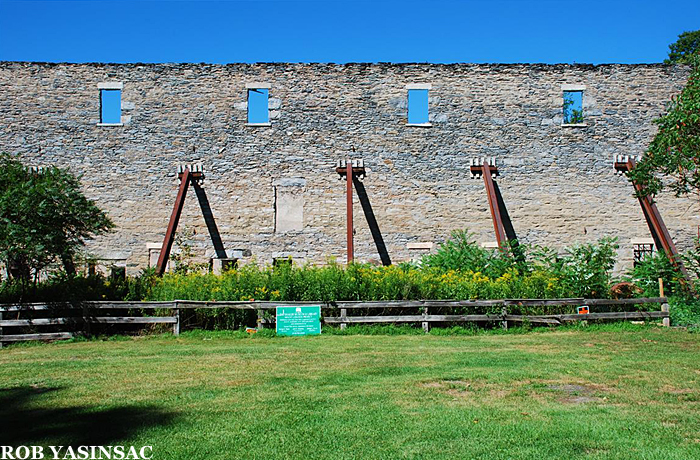
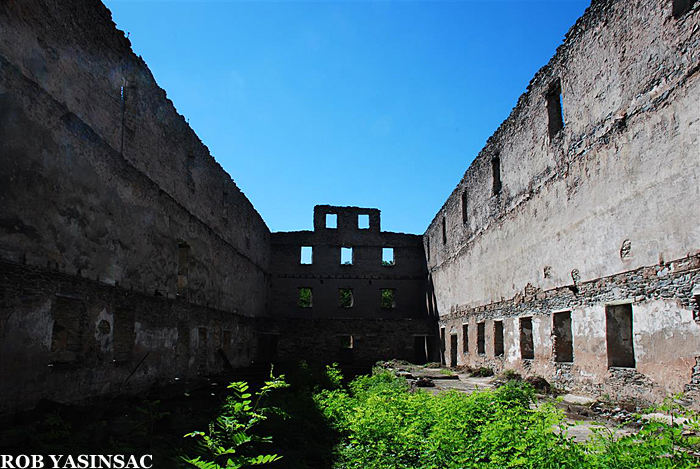
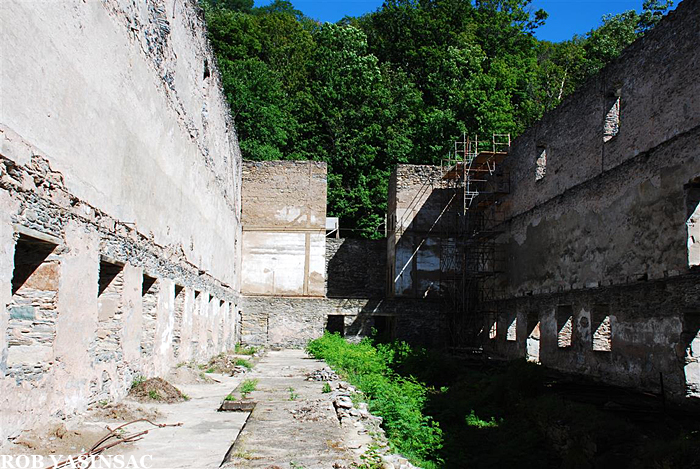
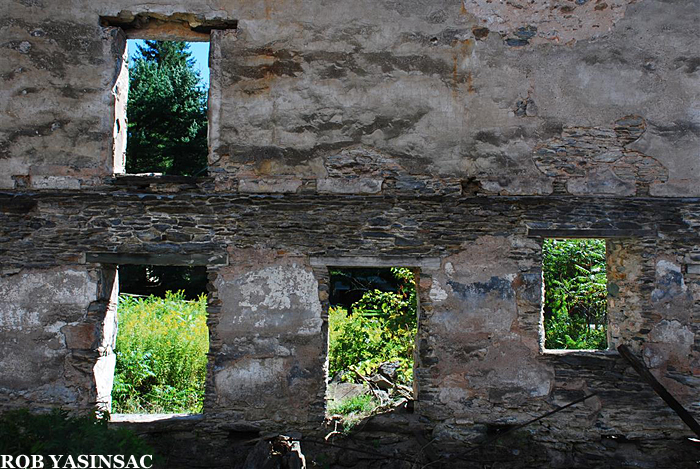
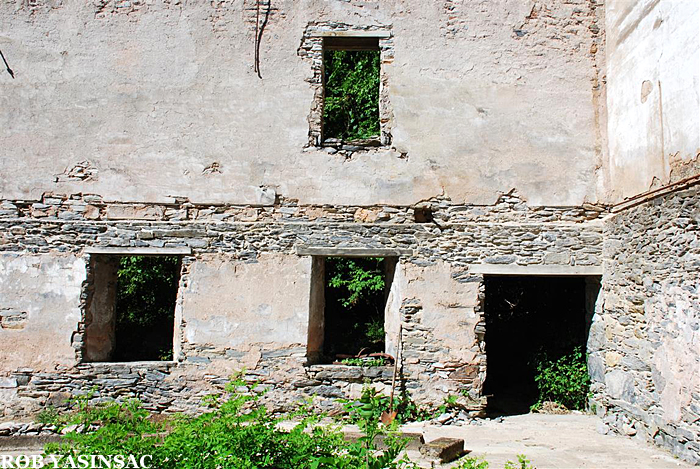
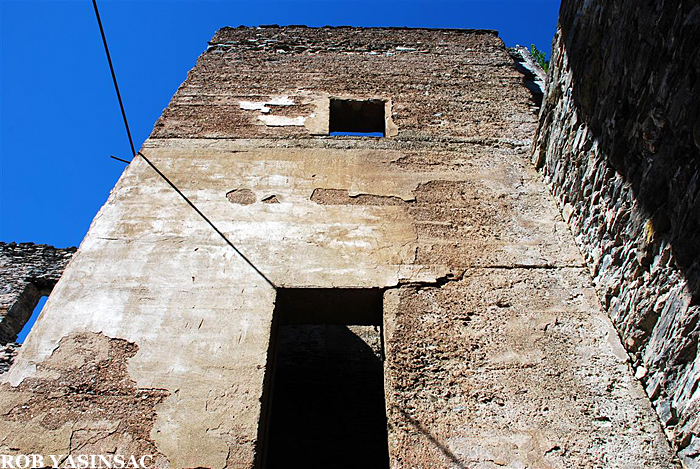
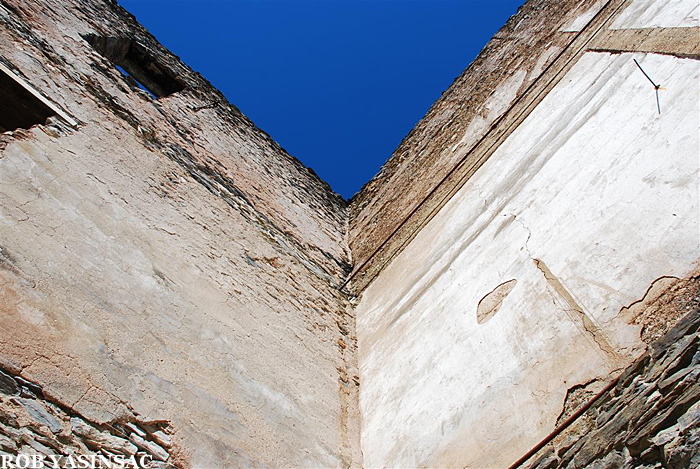
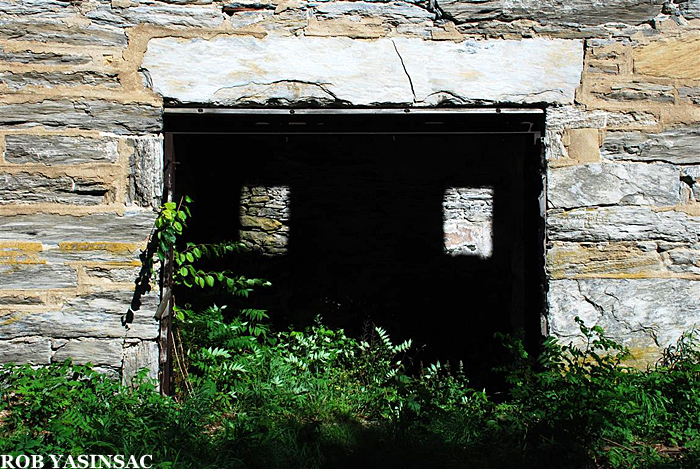
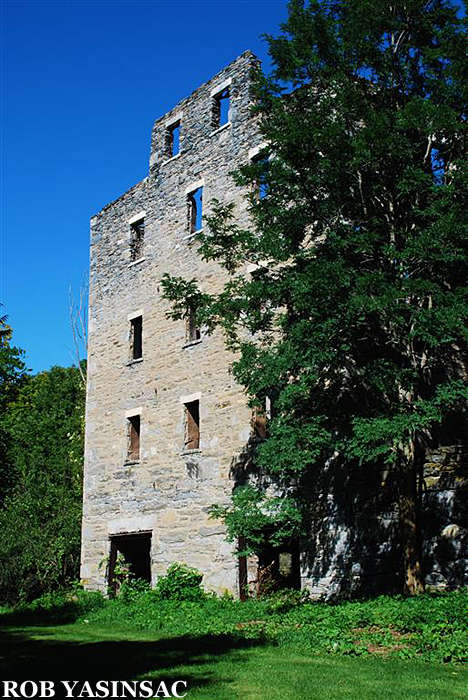
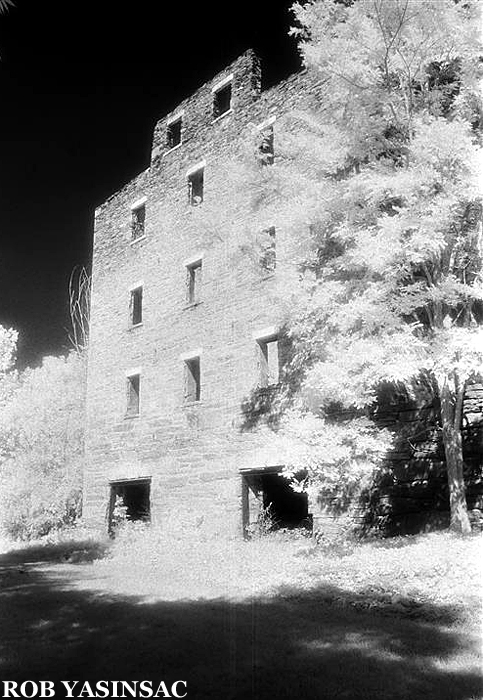
Black and White Infrared Film
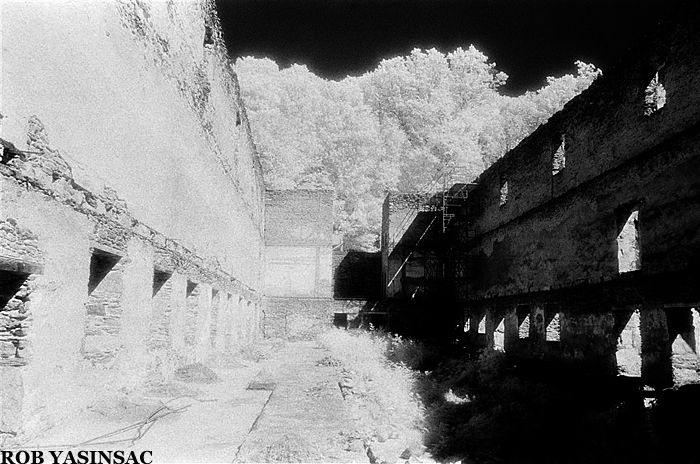
Black and White Infrared Film
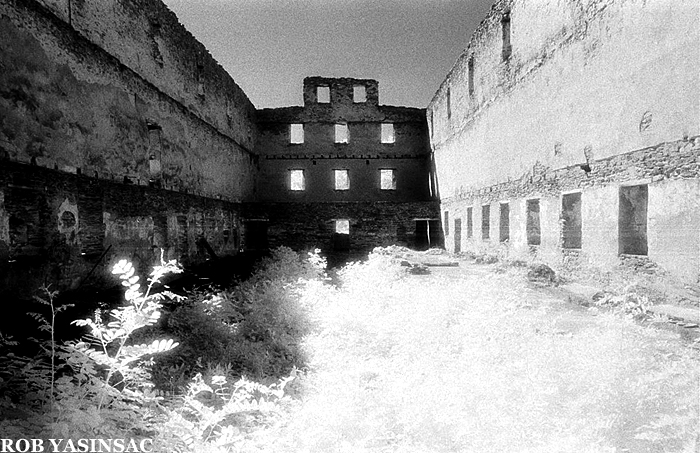
Black and White Infrared Film
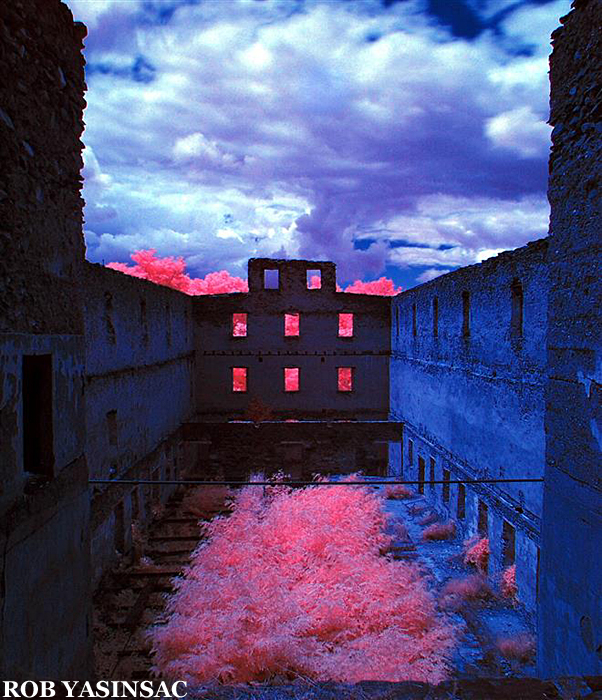
Digital Color Infrared
Posted July 27, 2015
Source Articles:
Shaker
Museum | Mount Lebanon - Official Museum website
The Great
Stone Barn Project - Many historic photographs of the barn
World
Monuments Fund
The
Shakers: America's Quiet Revolutionaries - New York State
Museum Exhibit
Berkshire
Eagle - December 30, 2014
|